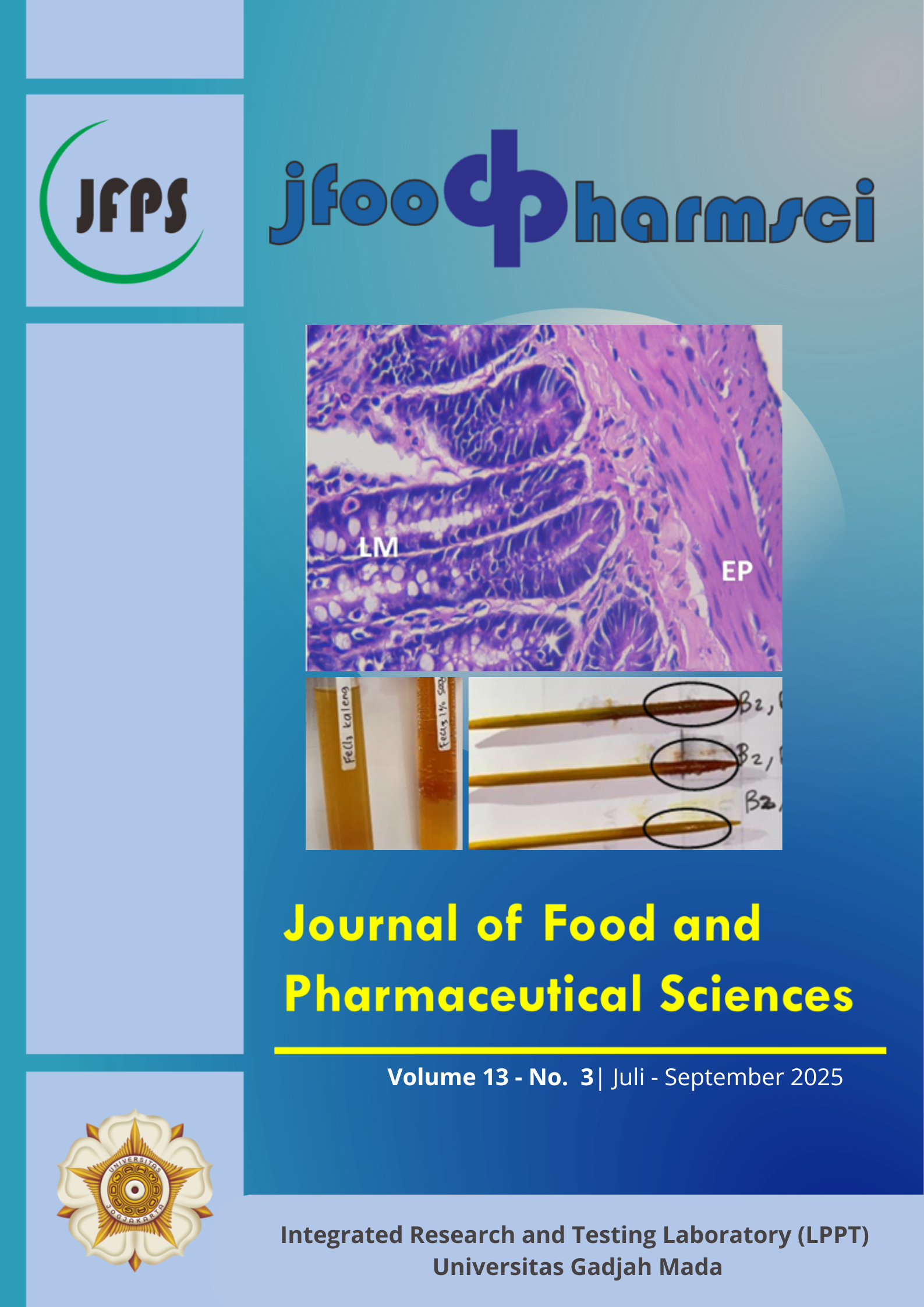Figs Fruit Act as Adequate Anti-Inflammatory Agents against Injured Intestines and Memory Impairment of Acute Hypoxia-Induced Rats
Abstract
Acute hypoxia (AH) may induce inflammation, increase reactive oxygen species (ROS) production, and play an important role in disrupting mucosal integrity and memory impairment through the gut-brain axis. As such, this study aimed to investigate the protective effects of Ficus carica puree (FCP) in rats with AH (10% O2, 90% N2, 4h) - induced intestinal injury. Thirty male Sprague-Dawley rats were divided into 6 groups: NC (negative control, untreated), PC (positive control), VC (vehicle, treated with corn oil), and FC1, FC2, and FC3 (FC1, 2, and 4 mL of FCP/200g). Histopathological analysis of the ileum, the levels of nitric oxide (NO), and tumor necrosis factor-α (TNF-α) were measured in plasma, and the novel object recognition (NORT) was used as a behavior test. The ileal tissues of FC1, FC2, and FC3 groups showed fewer inflammatory cells and less tissue damage than the NC group. The FCP exhibited non-dose-dependent anti-inflammation activity in TNF-α, NO, IL-6 levels, and histopathological analysis. Rats receiving all doses of FCP spent more time exploring the new object in NORT, suggesting the benefits of the phenolic compounds in Ficus carica as a functional food in alleviating the inflammatory and oxidative impacts of AH-induced intestinal injury.
































